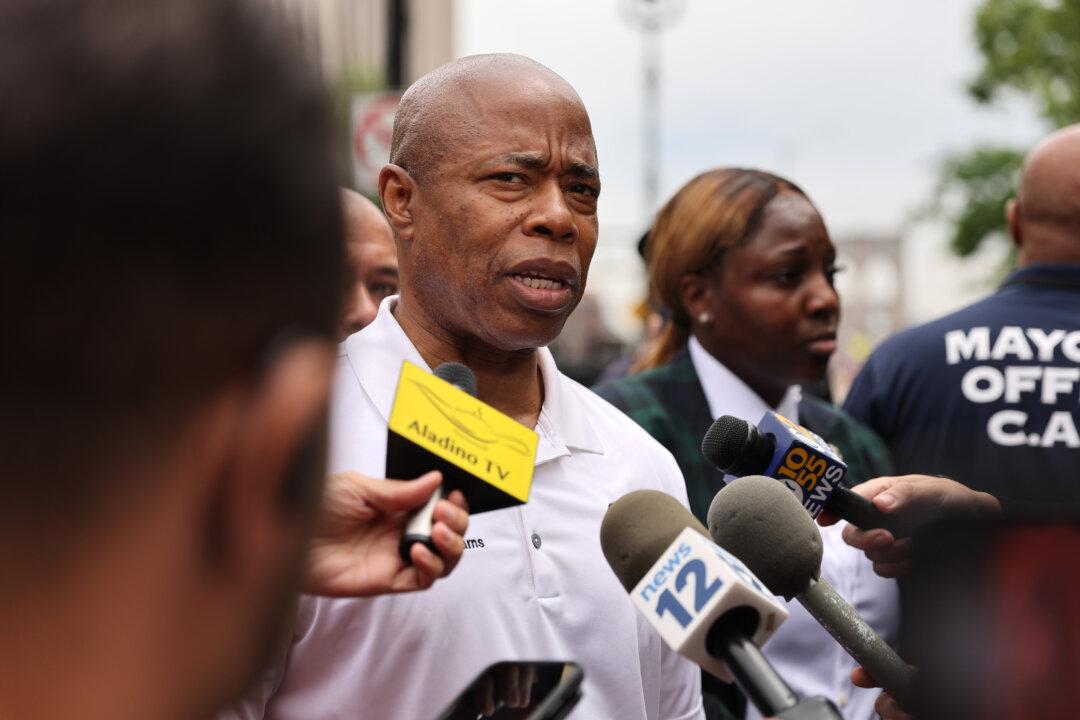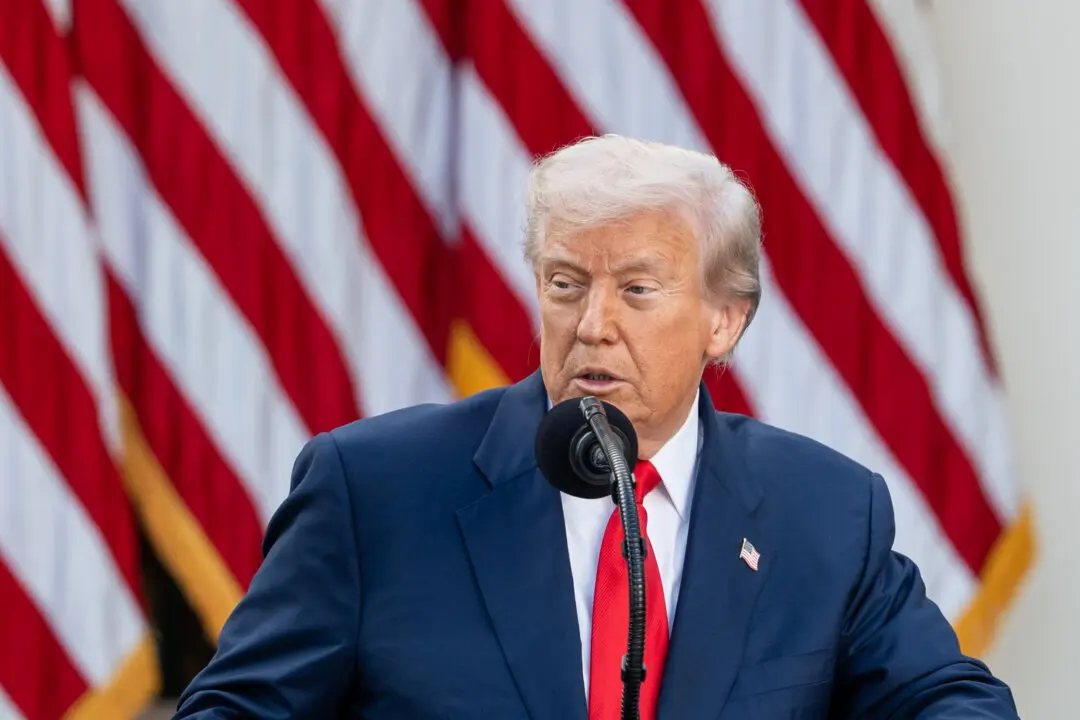New York Mayor Eric Adams wants to take the city’s unused office inventory and turn it into housing.
“We are throwing open the door to more housing with a proposal that will allow us to create as many as 20,000 new homes where the building owner wants to convert offices into housing but needs help cutting through the red tape,” he said at an Aug. 17 press conference.





